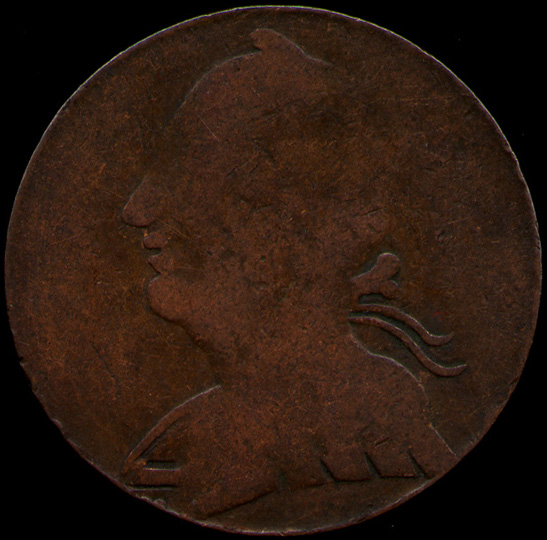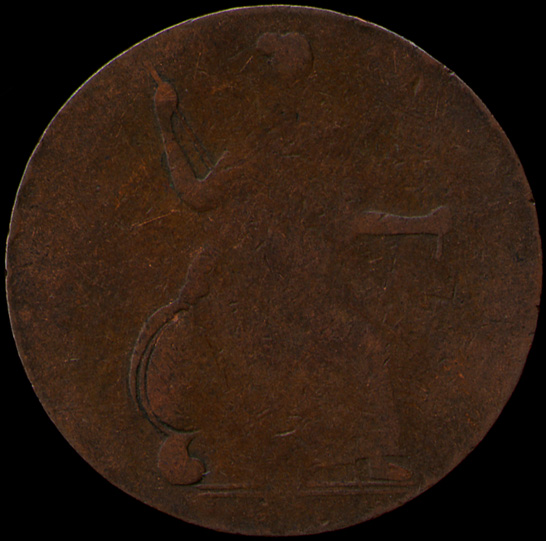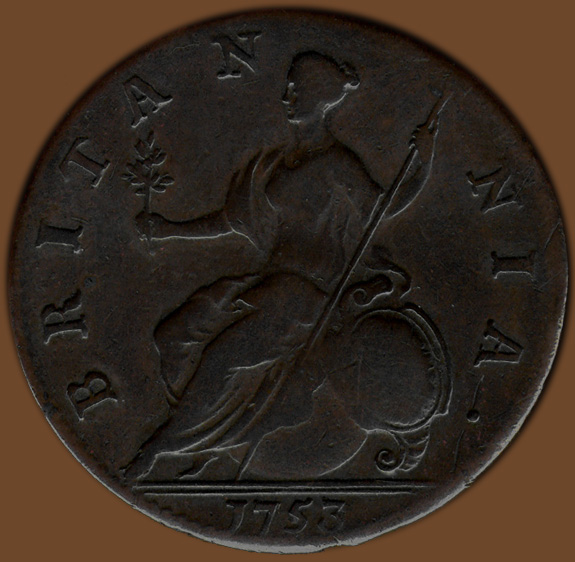GRAY GHOST
New member
hello all, this copper coin was given to me by a friend, but am at a loss to know exactly what it is. i already know what your're thinking... that it's a machin's mill half penny or a nova eborac [new york] half penny. it is dateless, but the orientations of the obverse and reverse figures don't add up. similar pieces were made around 1787. i checked out the red book and have done some searches, but nothing yet. could it be a pattern piece? thanks, and hh,






